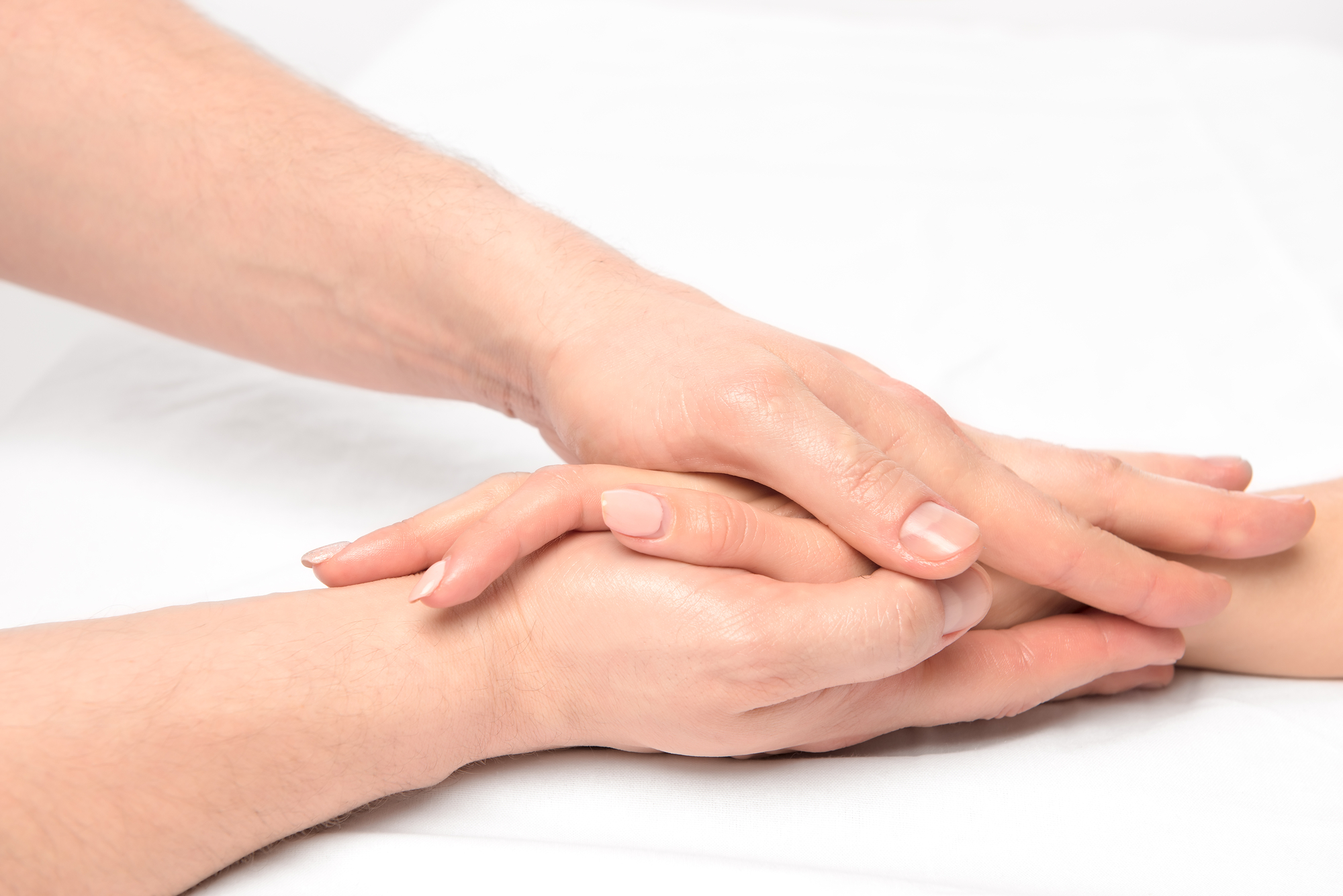Compiling the Undergraduate Academic Record
The Ontario rehabilitation schools receive applications from applicants who attended universities with various grading systems. The admission committees at the rehabilitation schools attempt to give each applicant equal consideration.
ORPAS uses the Undergraduate Grade Conversion Table to compile academic records in a uniform manner and equate the various grading systems.
We include only university undergraduate credit courses from Canadian and American universities in the ORPAS grade point average (GPA). We usually do not include diploma and certificate programs.
Calculating Your GPA
The Postsecondary Education Undergraduate Academic Record and the Undergraduate Grade Conversion Table display applicants’ academic records in a uniform manner and equate the various grading systems.
ORPAS uses a 4.0 scale. Do not attempt to reconcile alpha grades to any of the percentage scales. Refer to the Undergraduate Grade Conversion Table to determine the grading scale used for each university that you attended or are attending. We use this table for converting individual grades only.
We include the following in the GPA calculations:
- Repeated courses. We will include both the original and repeated grade if both grades appear on your official transcript.
- Where both letter and percentage grades are reported on the transcript, we will use the percentage grade, except for the University of British Columbia, where we will use letter grades.
- All courses and marks, including failed, incomplete and supplementary courses, academic practicums (even if a portion of the course has a placement aspect) and courses extra to degree requirements.
The following courses are not normally included in the ORPAS GPA:
- Naturopathic and chiropractic medicine
- Bachelor of Education programs
- College courses (even if transfer credit is granted)
- Challenge for credit courses
- Placements, internships and activity courses
- College diploma or certificate programs
- Graduate courses
- Undergraduate courses taken as part of a graduate program
- Continuing Education programs
- Courses assigned with a “Pass” grade
The rehabilitation sciences programs equate university work based on the Ontario traditional academic year system.
Each university and program may use a different GPA than is calculated by ORPAS, based on their own admission criteria.
We process international transcripts as non‑convertible; therefore, we do not calculate a GPA for universities outside Canada and the US. We will convert grades for Canadian universities and US institutions. We will forward the application for evaluation to the universities you have applied to.
The GPA does not include “challenge for credit” courses.
Full-year courses are given a weight of 2. Half-year courses are given a weight of 1.
Calculating the Cumulative Average
We calculate the cumulative average by adding all the course lengths and converted grades and dividing the total course lengths into the total ORPAS values from the conversion table.
Note: The cumulative average is not an “average of the averages”.
Calculating the Sub-GPA
The sub-GPA is based on the 10 most recent full or 20 most recent half undergraduate courses (equivalent to 20 ORPAS course lengths), even in the following scenarios:
- If the courses did not count toward a degree.
- If the courses were not taken at the university where a degree was awarded.
This additional calculation includes supplemental courses (summer, part-time, intersession, correspondence) and failed courses.
We calculate the sub-GPA by adding the ORPAS converted grades and course lengths, beginning with the most recent grouping or duration, to a total of 20 ORPAS course lengths.
Where course grades and/or lengths must be extracted from a grouping or duration to make up the 20 course grades and/or lengths required, we will use the average of the next grouping or duration of ORPAS GPA values. In the situation where “Full‑time”, “Supplementary” and “Semester” durations exist for the same year, we will use the “Supplementary” grades first, then “Semester” and then “Full-time”.
A “Full-time” duration is a minimum of 8 ORPAS lengths. If an academic year (fall/winter) is less than 8 lengths, and you took courses in the summer, we will combine the summer courses with the fall/winter courses and consider the entire duration “Supplementary”.
This calculation will include the current year’s fall term finals.
Verifying the Application Data
Beginning in February, you will have access to your ORPAS GPA and sub-GPA calculations in the Document Tracking section of your application.
Communicate any questions or concerns regarding your GPA to ORPAS via Secure Applicant Messaging (SAM) within your application.
Course Weight
Courses are weighted according to the length of study:
- FIrst-year course: 2
- Half-year or semester course: 1
- Three-quarter course: 1.5
- Lab course: 0.5
Course Durations
- Duration F – Used when you have the equivalent of a minimum of 4 full-time courses or 8 half courses. Two consecutive semesters are grouped together as “full-time”.
- Duration H – Used for attendance in a single semester, a minimum of 4 half courses is required.
- Duration S – Used to group all courses taken as part-time, summer school and/or intersession in a calendar year.
Average
Where course grades and/or lengths must be extracted from a grouping or duration to make up the 20 course grades and/or lengths required, we will use the average of the next grouping or duration of ORPAS GPA values.
We do not separate semesters, so if an average must be used, it is from the fall and winter durations combined, as this is considered an academic year.
Providing Transcripts for Graduate Studies
Each rehabilitation school uses its own admission criteria to review and assess applicants’ graduate study academic records.
Related link:


